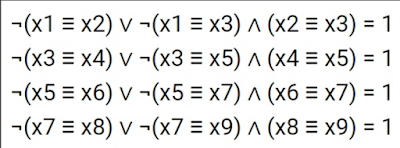At the moment URLs below worked for me as installation repositories, Hopefully this repositories will stay stable in a foreseeable future. Particular source might be verified when creating CentOS 8 virtual machine on any KVM Hypervisor, say on Ubuntu 18.05 Server .
Even on UEFI box with high speed Internet connection network install runs faster then "dd" copying 7 GB file to USB pen and updating boot devices priority via UEFI interface.
http://mirror.corbina.net/pub/Linux/centos/8.0.1905/BaseOS/x86_64/os/
http://centos-mirror.rbc.ru/pub/centos/8.0.1905/BaseOS/x86_64/os/
At this point installer should be ready to start downloading packages from the URL
pointed above after metatada gets obtained and the button "Begin installation" will become active on main panel. Go ahead and press it. Installer is supposed to download packages from repositories, printed above, preparing transaction from obtained source and run the transaction installing CentOS 8.0.1905 on bare metal.
Run time snapshots with Qemu-kvm VM running on KVM-Hypervisor (CentOS 8.0.1905 based) .
wget http://download.documentfoundation.org/libreoffice/stable/6.3.1/rpm/x86_64/LibreOffice_6.3.1_Linux_x86-64_rpm.tar.gz
Set up as root
# tar -xvf LibreOffice_6.3.1_Linux_x86-64_rpm.tar.gz
# cd LibreOffice_6.3.1.2_Linux_x86-64_rpm
# yum localinstall RPMS/*.rpm
http://centos-mirror.rbc.ru/pub/centos/8.0.1905/BaseOS/x86_64/os/
At this point installer should be ready to start downloading packages from the URL
pointed above after metatada gets obtained and the button "Begin installation" will become active on main panel. Go ahead and press it. Installer is supposed to download packages from repositories, printed above, preparing transaction from obtained source and run the transaction installing CentOS 8.0.1905 on bare metal.
Run time snapshots with Qemu-kvm VM running on KVM-Hypervisor (CentOS 8.0.1905 based) .
LibreOffice install :-
Download LibreOffice_6.3.1_Linux_x86-64_rpm.tar.gzwget http://download.documentfoundation.org/libreoffice/stable/6.3.1/rpm/x86_64/LibreOffice_6.3.1_Linux_x86-64_rpm.tar.gz
Set up as root
# tar -xvf LibreOffice_6.3.1_Linux_x86-64_rpm.tar.gz
# cd LibreOffice_6.3.1.2_Linux_x86-64_rpm
# yum localinstall RPMS/*.rpm















































